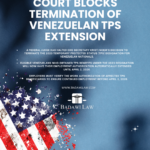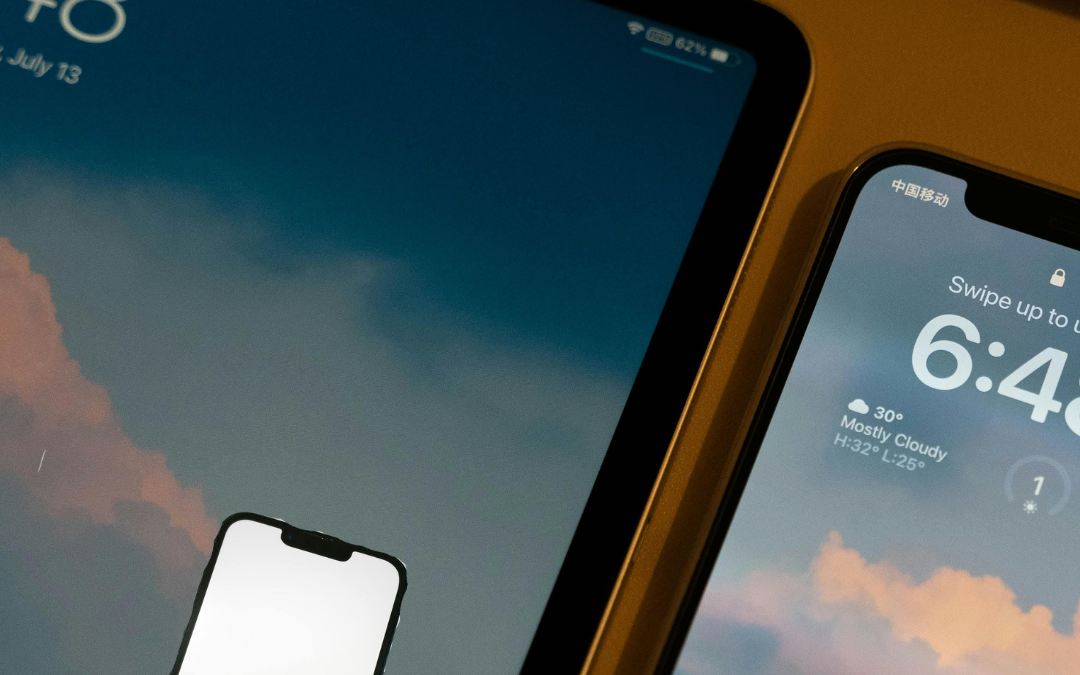
Court Blocks Termination of Venezuelan TPS Extension
April 4, 2025
Understanding Alien Registration Requirements
April 17, 2025
Ten Smart Steps to Protect Your Data at the U.S. Border
1. Travel Light: Carry only necessary devices. Consider using a
dedicated travel device with minimal personal data.
2. Back Up Before You Go: Save important files securely in the
cloud or an external drive before traveling. Keep backups
separate from your laptop.
3. Prioritize Password Security: Secure devices with unique,
complex passwords. Although fingerprints and other biometric
locks offer convenience, they are generally considered
less secure than strong passwords. Enabling two-factor
authentication (2FA) whenever possible can provide an
additional layer of security.
4. Know Your Rights:
• You are not required to share your password, but refusal may
lead to device seizure. Visa holders may be denied entry to the
U.S. if they refuse to provide access. At preclearance locations,
this may result in boarding being denied.
• U.S. citizens can refuse to answer questions beyond identity
and travel details, though this may cause delays. Lawful
permanent residents cannot be denied entry but may face
additional scrutiny. Visa holders may be denied entry if they
refuse to answer questions about their trip and visa status.
5. Document the Search: Write down details of the search,
including the names and badge numbers of CBP agents.
Document the questions they ask. If your interview was
recorded, ask for a copy of the transcript.
6. Minimize Stored Data: Carry less data across the border.
Consider traveling with a laptop free of sensitive data or apps
that collect and store sensitive data. Securely delete files
instead of just moving them to the trash. Think about leaving
your usual phone at home and buying a temporary phone, then
transferring your SIM card or getting a new number at your
destination.
7. Encrypt Your Devices: Enable full-disk encryption on all your
devices for added security. Use strong passphrases instead of
simple passwords.
8. Turn Off Devices Before Border Crossing: Power down your
devices completely before reaching the border to help protect
against potential remote access attacks and data interception.
9. Inspect Devices Upon Return: If your laptop is confiscated and
later returned, boot it using an external drive and perform a
thorough scan for any unauthorized software or changes.
10. Limit Cloud Access: The border search will only examine
information on the device at the time of the search and cannot
access information stored remotely. Sign out of sensitive apps,
disable automatic logins, and consider removing apps that
store personal data. Additionally, you may consider using a
VPN for electronic devices.
How to Handle Interactions with U.S. Border Agents
• Be Honest: Never lie to CBP officers.
• Stay Calm: Do not argue or interfere with an inspection.
• Understand Inspection Authority: Understand that CBP has the
authority to physically inspect electronic devices. While you
are not required to provide your passwords, refusing to do so
may result in possible consequences, such as device seizure or
denial of entry.




